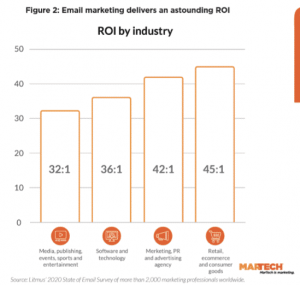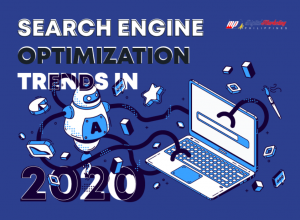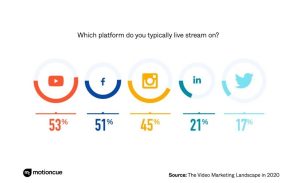Consumers trust us with their data because they value our brand. In return, we need to make their experience the best possible. Here’s how.
Let’s be honest: We are the luckiest generation of marketers. Technology has become so deeply integrated into our world, and consumers are more willing to share their data. It’s never been a better time to reform and capitalize on the digital experience.
Leveraging consumer data is one thing. Getting to know consumers in the right, authentic ways takes an entirely different strategy that requires time and significant effort.
The need for a full human experience
Although using digital technology has undoubtedly changed our lives for the better, it has come so at a cost. By using phones and computers as extensively as we do, we are robbed of the full human experience, including face-to-face interactions, in-person connections, and other valuable “human” moments vital to our role as good marketers.
In post-COVID times, business leaders seem convinced there is no need to restore the same level of human interaction we were once accustomed to when it comes to selling products and offering services. Screen-to-screen contact has become so much the norm that we often take this evolution of interaction at face value. Yet, we fail to consider what the user behind the screen is looking for and what they actually need from us.
Using first-party data to humanize DX
Now more than ever, we have the information and resources to humanize our virtual world, thanks to digital users themselves. First-party data is our greatest asset, and the digital experience can truly evolve when we put this invaluable data to great use.
Humanizing the digital experience means restoring human connection, emotion, and contact (as much as possible) in our virtual interactions. This starts with acknowledging that the first-party data we are being given comes from consumers and clients who genuinely value our services or products. In return, we owe it to them to value their contributions and make their digital experience the best possible by humanizing it. Here are some ways to do that:
Deliver personalized content
When we obtain first-party data, the first and most important thing we can do is ensure we are maximizing the consumer experience online. When someone visits a website, encounters a pop-up, or receives a special offer, the interface and user experience must be based on consumer behavior and interest. We should constantly be asking ourselves what the consumer/client wants to see and if it will provide them with something they need to be successful or that makes them feel valued.
In this context, it’s especially critical to consider our digital communication. One common flaw among marketers with access to first-party data is the lack of personalized communication. If we know what our consumers like, we must address it. Even using consumers’ first names when they receive a form of communication from a brand makes a difference. In short, customize, personalize, relevant-ize. This may seem small but personalization is helpful with long-term customer retention and revenue results.
Provide authentic human customer service
It’s not just enough to properly utilize the data we have in our hands to authenticate consumer experiences — we must revamp our modes of communication. As one of the biggest points of entry, we can swap out mediocre bot experiences for authentic human customer service.
At the very least there should be a frictionless and intelligent escalation-to-human path. Surveys show that:
- 75% of consumers will still choose to interact with a real person even as the technology for automated solutions improves.
- 51% of consumers are frustrated with automated phone menus and the inability to speak with live customer service support.
Consumer preferences are clear: They want human-to-human interaction. But right now, that’s not being always being offered in the ways it should.
Engage on an emotional level
With first-party data, we should know our consumers, match their emotions and show them we share the same ideas and passions. Meeting our consumers at their level and matching their energy, even through a screen, is easier than we think. And, it pays off. Brands with significant emotional engagement have 50% higher customer satisfaction and engagement than their peers and competitors, as validated by Motista.
It remains clear that in today’s digital world, especially with shifting data and privacy laws, first-party data gives the greatest advantage to any marketer, corporation or business leader — it’s just a matter of how we choose to use this goldmine of information.
Put yourself in the consumer’s shoes
Humanizing a digital experience is no easy feat, but it’s necessary. Eventually, it will become an asset as consumers realize you’re putting them first. A last tip of advice: consider yourself, the marketer, as a consumer.
- How would you change your digital experience when engaging with companies?
- What are you looking for as a consumer searching for services?
- How do you want to see your data used and in what context?
- How do you want to be treated and how do you want to feel when you log off at the end of the day?
Empathy is critical. To truly humanize brand experiences with first-party data, the responsibility ultimately lies with us, as marketers, to read between the lines, empathize with our consumers, and work to bring the experiences to life in the richest ways possible. And most of all, the golden rule applies here: treat your consumer as you would like to be treated yourself — as a human.
The post How to humanize the digital experience with first-party data appeared first on MarTech.
MarTech(22)






